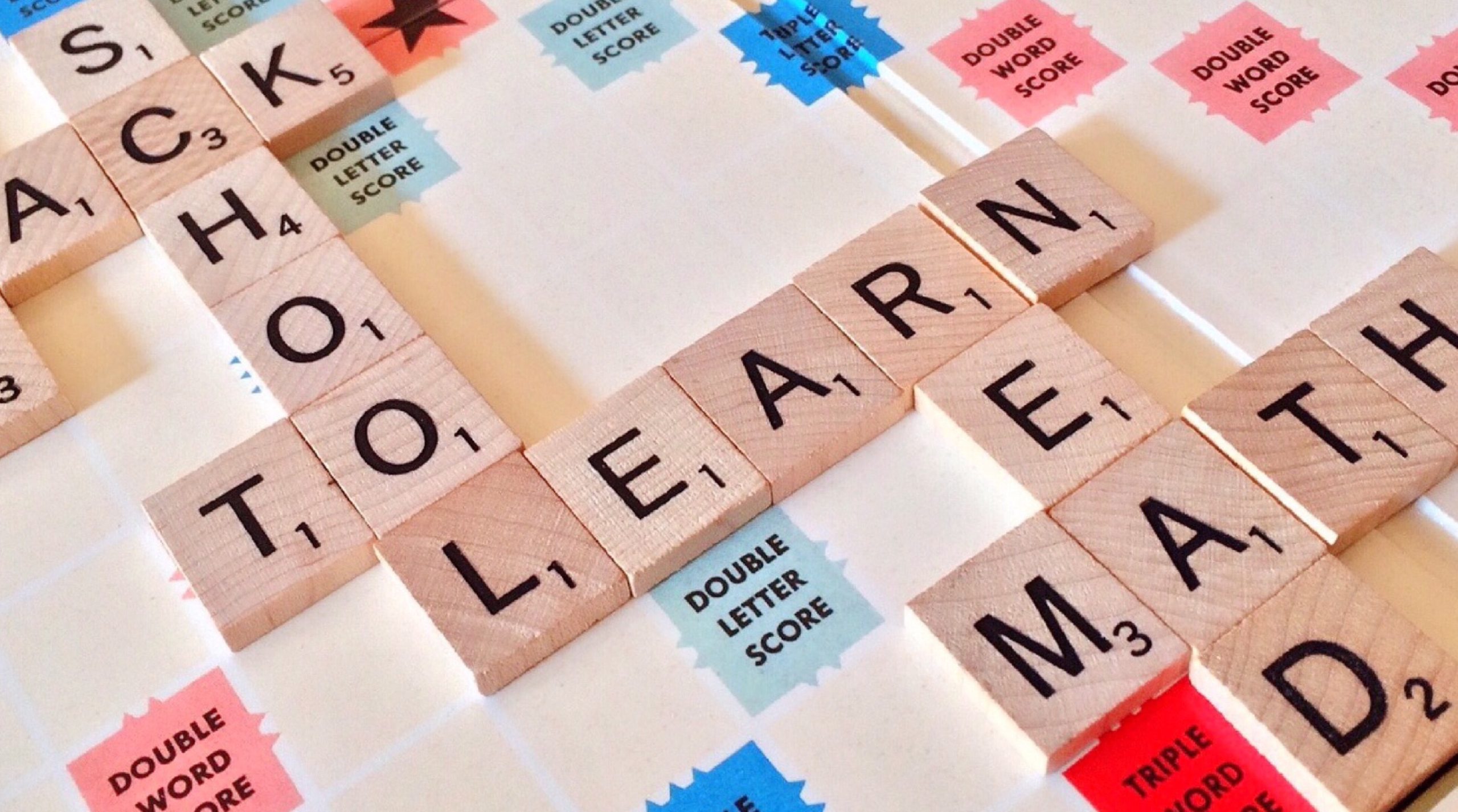
Building Strong Vocabulary in Children: Tips and Strategies to Try Today
Vocabulary plays a crucial role in a child’s development and future success, as it enables effective communication, enhances writing abilities, and strengthens critical thinking and problem-solving skills. However, building a strong vocabulary in children can be challenging, especially in a world where technology takes up so much space in most children’s lives. In this comprehensive guide, we’ll share the most effective strategies for building English vocabulary in children, drawing on research-backed methods that have proven successful. From reading and word games to contextual learning and writing exercises, we’ve got you covered with tips and techniques that are fun, engaging, and easy to implement. Whether your child is just starting out or looking to improve their vocabulary, this guide is a valuable resource. So, let’s dive in and give your child the best foundation for a strong and versatile vocabulary.
Method 1: Reading
Reading is one of the most effective ways to build a strong English vocabulary in children. When children read, they encounter new words and phrases that expand their vocabulary and increase their understanding of language. Reading also helps children develop a better understanding of context, which is essential for using new words effectively. By reading a variety of materials, including fiction, non-fiction, and poetry, children can gain exposure to a wide range of words and word patterns.
Tips for Encouraging Children to Read
Reading is a crucial component of building a strong English vocabulary in children. By providing age-appropriate materials, making reading a fun activity, and encouraging independent reading, you can help your child develop a love for language and a rich vocabulary that will benefit them for a lifetime. Below are 3 key suggestions for activities that encourage children to read.
- Providing children with age-appropriate reading materials is an important step in encouraging them to read. Choose books and other materials that match your child’s reading level and interests. This will help them feel confident and motivated to continue reading.
- Reading can be a fun and enjoyable activity for children, especially when it’s approached in a playful way. Encourage children to read by making it part of their daily routine, such as reading before bedtime or setting aside time each week for family reading. You can also create a cozy reading nook in your home and provide books, blankets, and pillows to make reading a comfortable and enjoyable experience.
- Encouraging children to read independently is an important part of helping them build their vocabulary. Encourage your child to choose books they are interested in and to read on their own. This will help them build their confidence and independence as readers and increase their exposure to new words and ideas.
Provide age-appropriate materials
Make reading fun
Encourage independent reading
Method 2: Conversation
Encouraging children to talk and engage in conversation is a crucial component of building their vocabulary. By participating in conversation, children are exposed to new words, concepts, and ideas, helping to expand their vocabulary and build their language skills. Additionally, engaging in conversation helps children practice using the words they have learned in context, which can increase their understanding and retention of new vocabulary.
- Asking questions is a simple and effective way to encourage children to talk and engage in conversation. Ask open-ended questions that allow children to elaborate and share their thoughts and ideas, which will provide opportunities for them to use and practice their vocabulary.
- Encouraging children to ask questions can also help build their vocabulary. This not only gives children the opportunity to ask about new words or concepts they are unsure of, but it also shows them the importance of actively seeking out information.
- Engaging in conversation with children can be a fun and effective way to build their vocabulary. Listen attentively to what they have to say and ask follow-up questions to encourage them to continue talking. When children feel heard and valued, they are more likely to be engaged in the conversation and more willing to use new vocabulary words.
Ask Questions
Encourage Children to Ask Questions
Engage in Conversation with Children
Method 3: Word Games, Puzzles and Quizzes
Activities such as games, quizzes and puzzles are a fun and engaging way to build a strong English vocabulary in children. These activities challenge children to think creatively, recall new words, and use them in context, which helps reinforce their meaning and usage. Games, quizzes and puzzles can also help children develop a better understanding of language structure and spelling, which is essential for building a strong vocabulary.
Games that encourage vocabulary building
Word games and puzzles are a fun and engaging way to build a strong English vocabulary in children. By choosing games and puzzles that are suitable for their age and interests, you can help your child develop a love for language and a rich vocabulary that will benefit them for a lifetime.
- Scrabble is a classic word game that is suitable for children of all ages. In this game, players use letter tiles to create words on a game board. Scrabble is a great way to encourage children to use their imaginations, think creatively, and develop a love for language.
- Bananagrams is a fast-paced word game that is perfect for children who love a challenge. In this game, players race to create a grid of interconnected words. Bananagrams is a fun way to help children develop their vocabulary and improve their spelling skills.
- Crossword puzzles are a classic way to build vocabulary and improve spelling skills. They are a great way to encourage children to think critically and creatively, and to challenge themselves to use new words in context. Crossword puzzles are also a fun way to learn new words and improve vocabulary skills. 4.
- Boggle is a fast-paced word game that is perfect for children who love a challenge. In this game, players search for words on a grid of letters. Boggle is a fun way to help children develop their vocabulary, improve their spelling skills, and build their critical thinking abilities.
Scrabble
Bananagrams
Crossword Puzzles
Boggle
Method 4: Word Associations
Word association is a fun and effective way to build vocabulary in children. The game works by connecting words together based on their meanings, associations, or similarities. By playing word association games with children, you can help them learn new words, improve their memory, and recall and build their vocabulary in a fun and engaging way. By following these 4 tips below, you can create word association games that will help your child develop a love for the language they are working towards.
- When playing word association games with children, it’s important to start with simple word associations that are easy for them to understand and remember. Consider beginning with words that are related to common objects or activities, such as food, animals, or hobbies.
- Encourage children to think creatively when playing word association games. This will help them build their vocabulary by making connections between words that they may not have otherwise thought of.
- Make word association games a challenge for children by setting time limits, increasing the difficulty as they progress, or adding other elements of competition, such as points or prizes. This will help keep the game interesting and engaging for children and will also help them build their vocabulary faster. 4.
- Playing word association games with a partner or in a group can be a fun and social activity for children. This will also give them the opportunity to learn from others, hear new words and ideas, and build their vocabulary in a supportive and collaborative environment.
Start with simple word associations
Encourage creative thinking
Make it a challenge
Play with a partner or in a group
Method 5: Visual Aids
Visual aids can be a powerful tool in helping children build their vocabulary. By combining visual images with new words, children can make meaningful connections that help them remember the meaning of the words. Visual aids can also make the learning process more engaging and enjoyable for children, leading to greater retention and understanding. Below are a couple of examples of visual aids that can be used for effective language learning.
- Flashcards are a simple and effective visual aid that can help children learn new vocabulary words. Simply write the word on one side of the card and the definition on the other, and children can use the flashcards to test themselves on their vocabulary knowledge.
- Picture books can also be a great visual aid for helping children build their vocabulary. Picture books often include illustrations that accompany the text, helping children to make connections between the words and their meanings. Children can also use picture books to practice reading and comprehension skills, further expanding their vocabulary.
Flashcards
Picture Books
Method 6: Contextual Learning
Contextual learning is an effective and engaging way to help children build a strong and diverse vocabulary. By learning words in context, children are able to understand the meaning of the word in a way that is relevant to their own experiences and can help them remember the word more effectively. This type of learning also helps children understand the relationships between words, and how words can be used in different situations. Below we will explain how to implement contextual learning in practice, and how to use it as in integral way of engaging your child in their learning.
- One of the most effective ways to teach vocabulary words in context is to use sentence examples. This helps children understand the meaning of the word and how it is used in different situations. Encourage children to repeat the sentence examples, and to make up their own sentences using the new vocabulary word.
- Stories are another great tool for teaching vocabulary words in context. By telling stories that illustrate the meaning of the words, children are able to understand the words in a way that is meaningful and memorable. Encourage children to create their own stories using the new vocabulary words.
- Encouraging children to use vocabulary words in conversation is another effective way to help them learn the words in context. This can be done through conversation practice, role-playing activities, or simply by encouraging children to use the new words in everyday conversation. By using the words in conversation, children are able to reinforce their understanding of the words and how they are used in different situations.
Use Sentence Examples
Use Stories to Illustrate Words
Encourage Children to Use Words in Conversation
Method 7: Hire a Tutor
The seventh and final method in helping a child build a strong vocabulary in English, is get help from a tutor. A tutor can help the child with maintaining their motivation, building their confidence and creating structure in their learning process. Tutors are available both online and in-person, and it is up to the individual child and parent to decide which type of tutoring is right for them. If you wish to find a tutor, a good place to start is to search online where you will be able to find both virtual and real-life English lessons. Should you decide to find a local, in-person tutor in the city where you live, you can search through tutoring websites or platforms, for instance using search terms such as “tutoring London or “language teacher Manchester. Enrolling your child in language classes or language-rich lessons can also provide opportunities for more structured language learning and exposure to other native speakers. These can be found by searching for English class or lessons “your city” (e.g. English class Leeds or English lessons Bristol). Overall, the role of parents and caregivers is essential in promoting language skills in young children, and their active involvement can have a significant impact on the child’s long-term language abilities and success.Summary and Conclusion
In this post, we’ve covered the various strategies and tips for building a strong English vocabulary in children. In conclusion, building a strong English vocabulary is highly beneficial for a child’s success in both their academic and personal lives. By incorporating strategies such as reading, encouraging conversation, word games and puzzles, word associations, visual aids and contextual learning, parents, teachers and tutors can help children expand their vocabulary and improve their overall language skills. Additionally, finding a good tutor who understands your child and their learning needs, can prove a valuable resource in building their vocabulary.
It’s important to remember that building a strong vocabulary takes time and consistency. Encourage your child to read regularly, play word games, and engage in conversation with them on a daily basis, and you’ll be well on your way to helping them build a rich and diverse vocabulary. The key to success is finding what works best for each individual child and making vocabulary building a fun and engaging experience for both your child and yourself.


